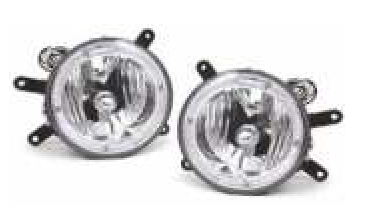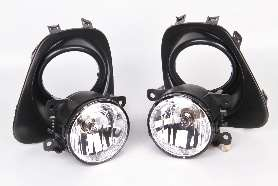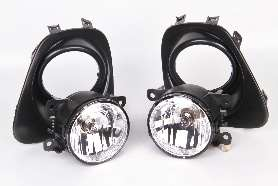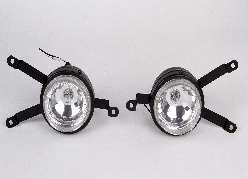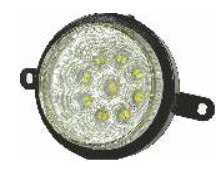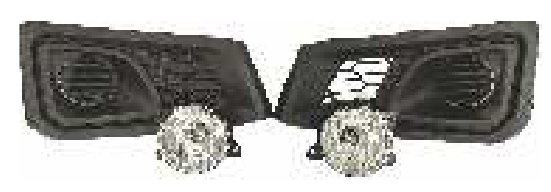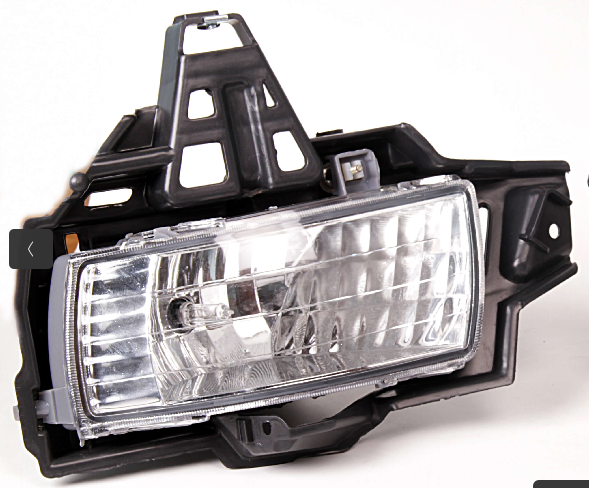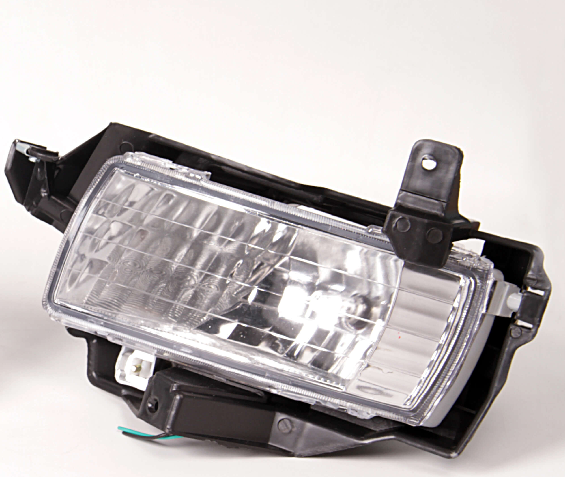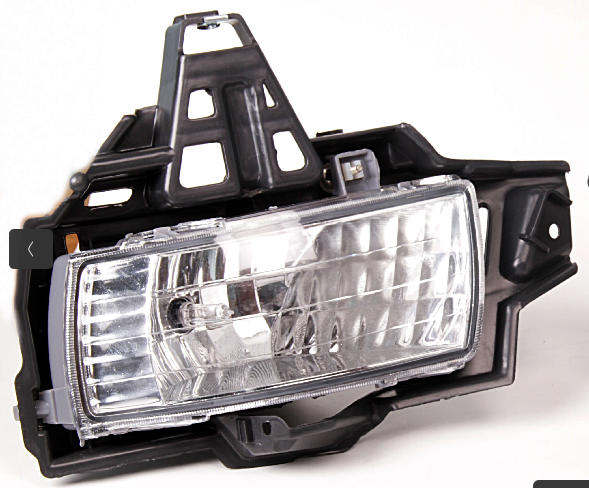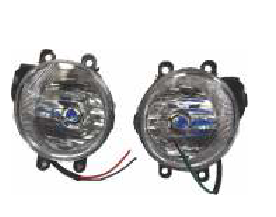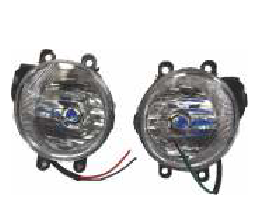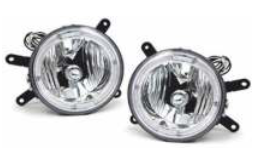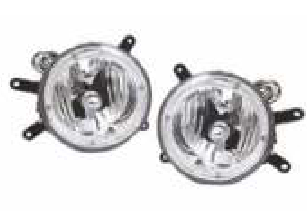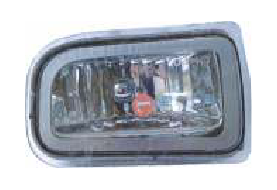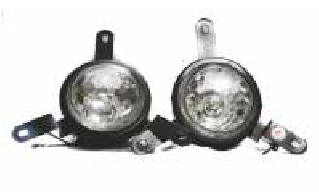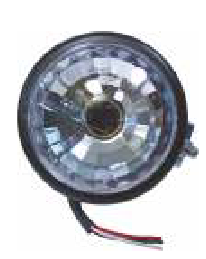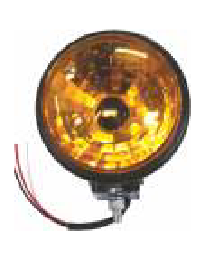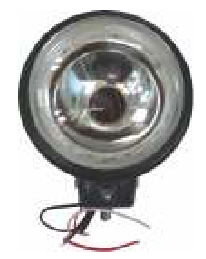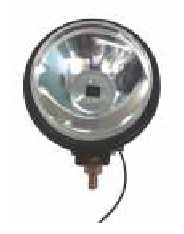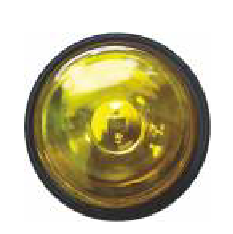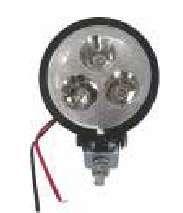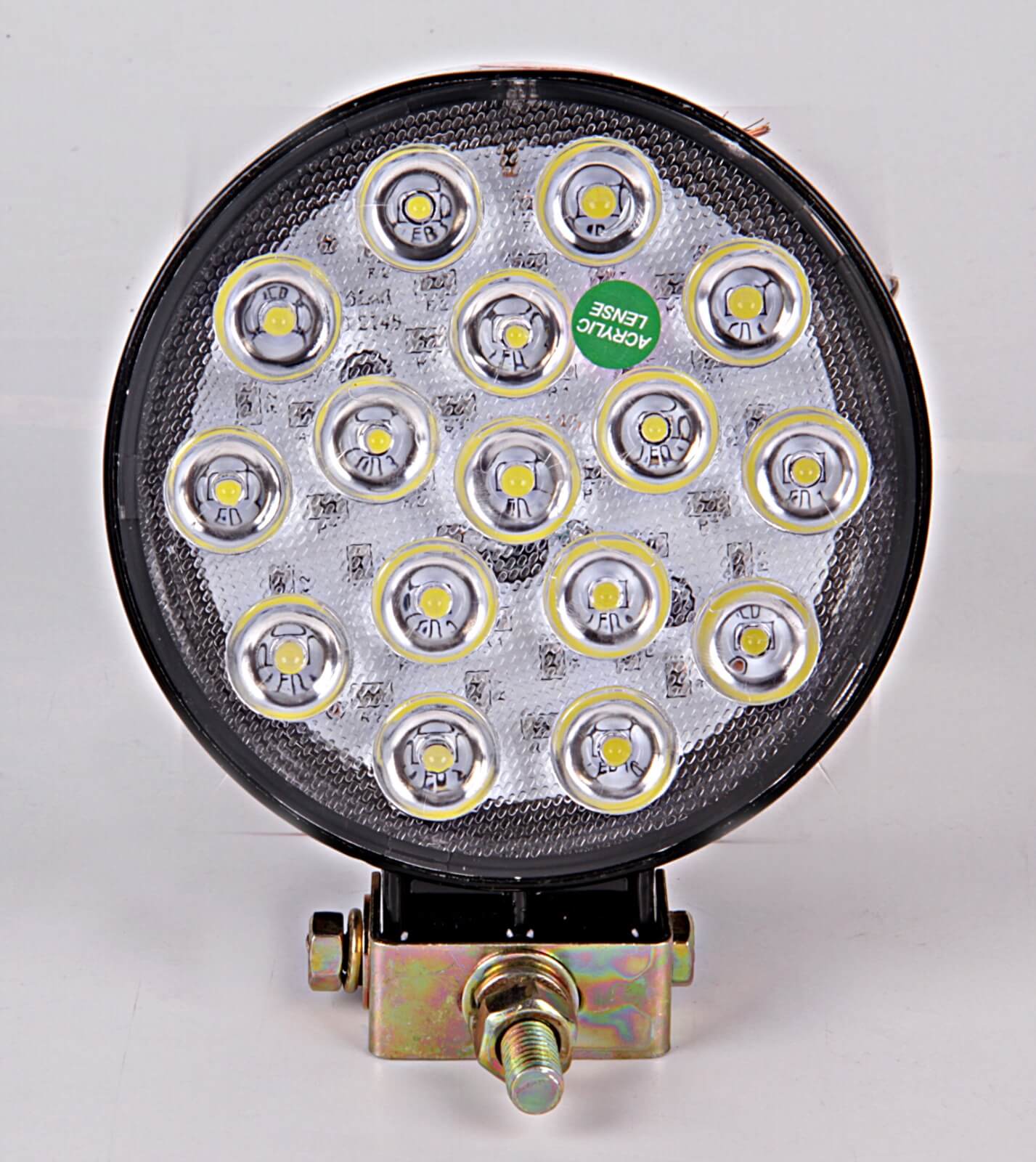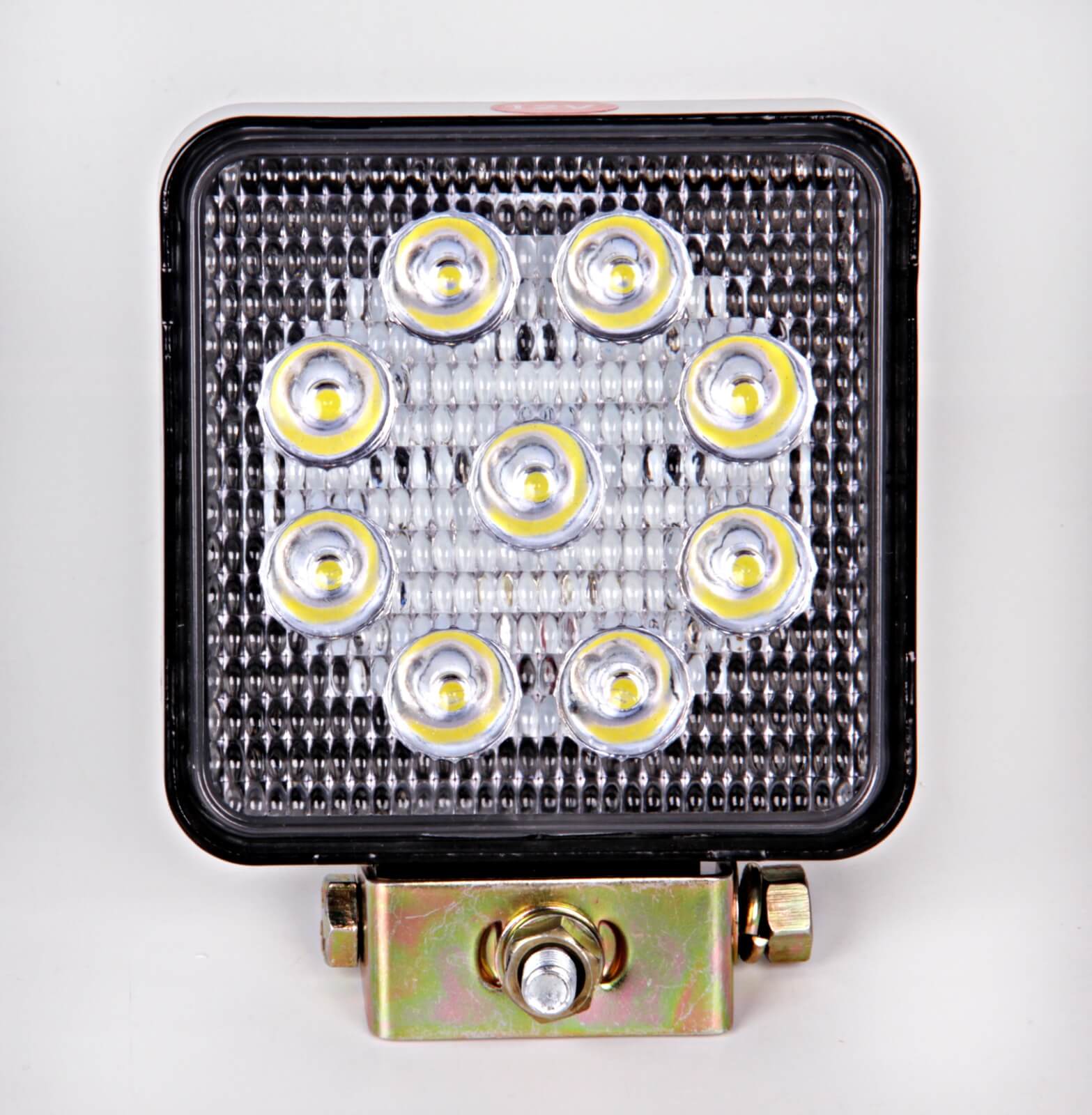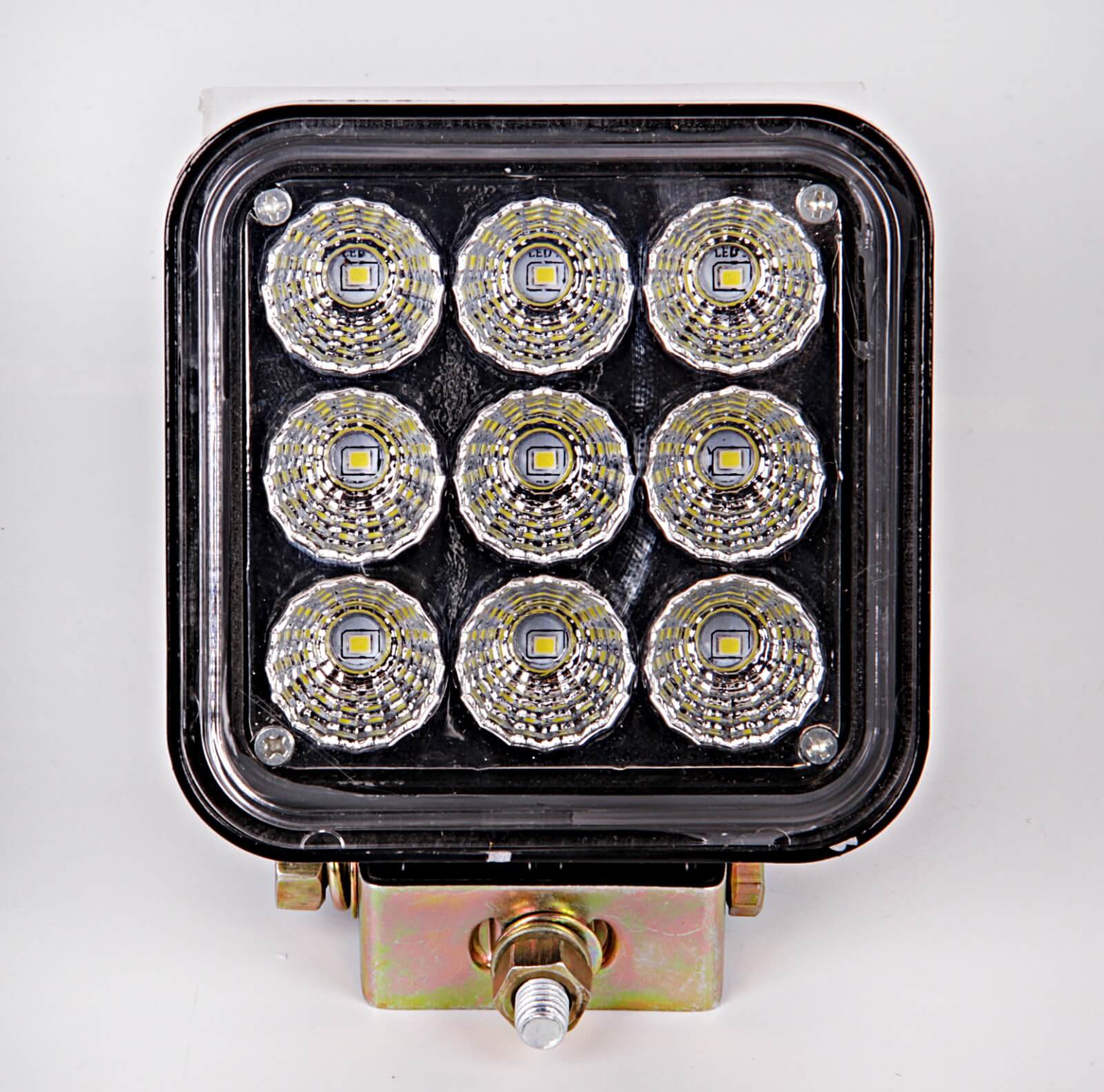

Heavy fog, rain, and other weather conditions that reduce your visibility on the road can make driving difficult—if not downright impossible. If your vehicle isn’t equipped with the right lighting equipment, driving in these conditions can lead to hazardous situations, which in turn can result in serious or even fatal accidents.
This is why fog lights are essential additions to your vehicle. These are entirely different from your regular headlights and have a very specific use.
A front fog light is a type of automotive light that helps the driver see in front of the vehicle. It’s located below the headlight assembly and is designed to emit a wide beam of light that is shaped like a “bar,” with a sharp cut-off at the top to prevent it from reflecting off of the fog.
Fog lamps are usually mounted reasonably low—typically about 12 to 30 inches above the road surface—and angled downward to illuminate the ground below the fog. Meanwhile, a rear fog light is designed to produce a red-coloured light, much like your brake lights, to ensure that other drivers can see your car in low-visibility conditions. It is sometimes placed in the middle of the rear bumper cover or in place of one of the reverse lights.
Unlike headlights, fog lamps (whether in the front or in the rear) are not mandatory and are considered auxiliary lights. Fog lights don’t usually come standard on base and lower-tier models, so car buyers are sometimes given the option by their dealer to have them as an add-on.
Fog lights provide better visibility on the road during fog and other unfavourable conditions. We can describe benefits as:
- Improved vehicle visibility in poor weather
- Improved driving comfort
- Security gain
- Savings (use quality bulbs)
